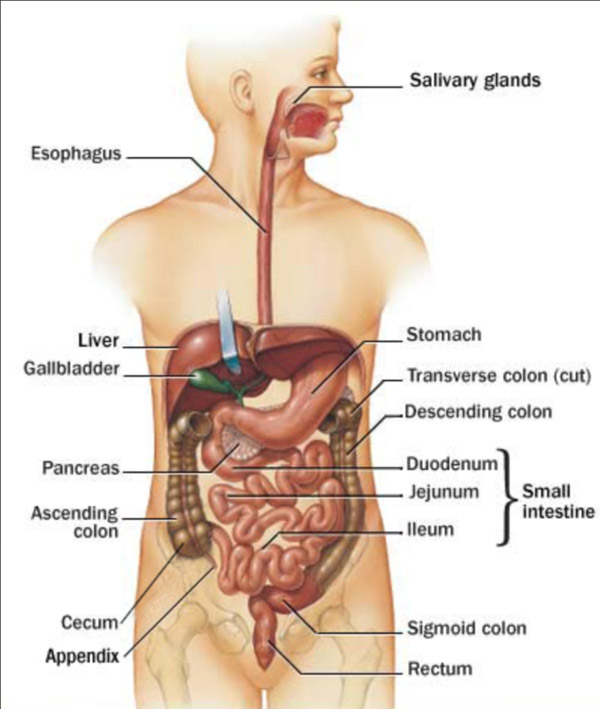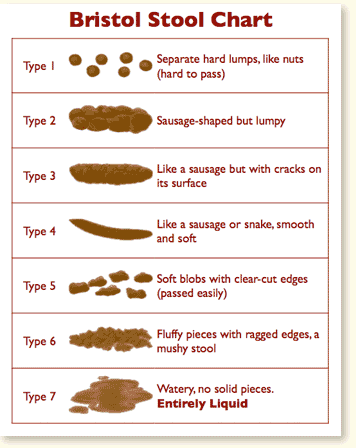The Art of Aging Well
We provide customized hourly and around-the-clock care to older adults so they can live happier, healthier lives at home.
Download by: Maria Licoudis, R.N. & Care Manager
by: Maria Licoudis, R.N. & Care Manager
No one wants to talk about it, but constipation is one of the most frequent complaints among seniors. Daily elimination, which should be a painless process, is considered a sign of good health. Constipation, by definition, is “a condition where there is difficulty in emptying the bowels, and is usually associated with hardened feces”.
 The gastro intestinal tract is the hollow muscular tube, that runs from the mouth to the anus. The function of this tube is to ingest solids, nutrients and fluids, to absorb and digest them, and then eliminate the waste products from the body. The process of digestion begins in the mouth, with chewing, and this starts the chemical breakdown of food. It moves into the esophagus, then the stomach, by a process called peristalsis, which are wave-like movements. Then it moves into the stomach and food is further broken down and passed into the small intestine. Digestion is completed, and nutrient absorption takes place. It then passes into the large intestine, into the sigmoid and becomes a solid mass. The longer the feces stay in the colon, the more water is absorbed. Again, the feces move with peristalsis, through the rectum, the anal canal and the anus. Gas is formed from the fermentation process in the bowel and the air we swallow while eating and drinking.
The gastro intestinal tract is the hollow muscular tube, that runs from the mouth to the anus. The function of this tube is to ingest solids, nutrients and fluids, to absorb and digest them, and then eliminate the waste products from the body. The process of digestion begins in the mouth, with chewing, and this starts the chemical breakdown of food. It moves into the esophagus, then the stomach, by a process called peristalsis, which are wave-like movements. Then it moves into the stomach and food is further broken down and passed into the small intestine. Digestion is completed, and nutrient absorption takes place. It then passes into the large intestine, into the sigmoid and becomes a solid mass. The longer the feces stay in the colon, the more water is absorbed. Again, the feces move with peristalsis, through the rectum, the anal canal and the anus. Gas is formed from the fermentation process in the bowel and the air we swallow while eating and drinking.
Constipation is usually described as having less than three bowel movements per week. There are many factors that affect having a bowel movement. These include:
 As caregivers, we must continuously assess bowel status. Frequency, or the norm, can vary from person to person. Having bowel movements more than 3 times per day, or less than once per week indicates a problem. The amount of stool must be assessed as well. Food ingested, as well as fluid, is to be taken into consideration. The colour should be brown. Colours such as white, clay-coloured, pale, black (indicate blood or iron intake), red and blood-tinted stools should be reported. Consistency is significant in determining constipation or diarrhea. This may be described as liquid, soft, semi-soft, unformed, formed, hard, very hard, rock-like, or pellets. The optimal shape should be a tube-like resemblance with a small curve. Pencil thin or narrow stool may indicate obstruction.
As caregivers, we must continuously assess bowel status. Frequency, or the norm, can vary from person to person. Having bowel movements more than 3 times per day, or less than once per week indicates a problem. The amount of stool must be assessed as well. Food ingested, as well as fluid, is to be taken into consideration. The colour should be brown. Colours such as white, clay-coloured, pale, black (indicate blood or iron intake), red and blood-tinted stools should be reported. Consistency is significant in determining constipation or diarrhea. This may be described as liquid, soft, semi-soft, unformed, formed, hard, very hard, rock-like, or pellets. The optimal shape should be a tube-like resemblance with a small curve. Pencil thin or narrow stool may indicate obstruction.
Caregivers should pay attention to and chart regarding: Frequency, time of day, shape, consistency, odor, colour, amount, change in usual pattern, colostomies, blood, mucus, pus, worms, or foreign objects. It is also important to note the following: use of laxatives, antacids, or pain killers, amounts of food or fiber consumed, fluid intake and amount, use of toilet, commode or bedpan, emotional state, abdominal distention, gas pains, hemorrhoids. Complications of constipation include hemorrhoids, anal tearing and bleeding due to straining, fecal impaction, (darkened stool in the intestine that must be manually removed), and rectal prolapse (part of the rectum may protrude through the anus due to straining).
There are ways to control and prevent constipation. Try increasing fiber intake, adding fruits and vegetables, drinking 6-8 glasses of water per day, taking prescribed laxatives or stool softeners, eating whole grain breads and cereals, increasing physical activity, and never ignoring the urge to have a bowel movement. Other tips include, maintaining the proper squatting position to allow gravity to help the bowel movement, allowing so much privacy as possible within safety limits and establishing a consistent daily time to encourage healthy bowel habits. If constipation does occur, an enema may be required or glycerin suppositories may be prescribed.
Constipation can be prevented, so it does not interfere with quality of life. We must be vigilant in prevention, assessment, and recording our seniors’ bowel status on a daily basis.
Note: This information is for informative purposes only. Always check with a medical professional.

Request Your Free Information Pack